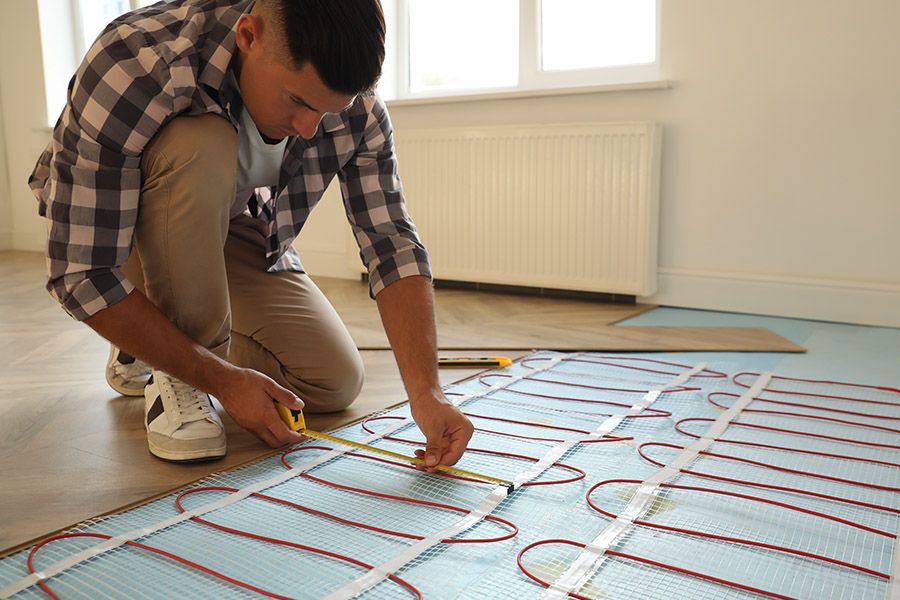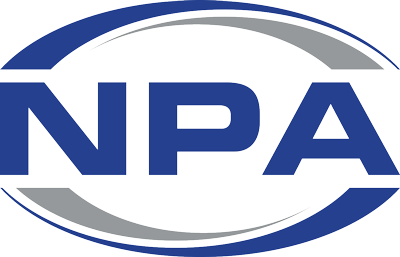
For any job that relies on precision and accuracy, a reliable measuring tape is an essential piece of equipment. Whether you're in construction, carpentry, manufacturing, or even event planning, having the right measuring tape can make all the difference between a successful project and a costly mistake. However, with so many different types of measuring tapes available on the market, choosing the right one can be a challenge. This guide is designed to empower the equipment buyer to navigate the world of measuring tapes and make informed purchasing decisions.
The Different Types of Measuring Tapes
The days of just one type of measuring tape are long gone. Today, professionals have a variety of options to choose from, each offering its own set of features and benefits. Here's a breakdown of the most common types:
- Standard Measuring Tapes: The workhorse of the measuring world, standard tapes are simple, reliable, and affordable. They are typically constructed of a flexible steel or fiberglass ribbon with markings printed on one side. While lengths can vary, the most common sizes for professional use range from 2 meters to 5 meters.
- Digital Measuring Tapes: Offering a more modern approach, digital tapes combine the ease of a standard tape with the convenience of digital display. These tapes typically feature a retractable steel blade with a button-operated digital readout. They often possess features like memory recall for previous measurements and metric/imperial conversion capabilities.
- Electronic Measuring Tapes: Stepping up in complexity, electronic tapes offer all the advantages of digital tapes with additional functionalities. Some advanced models boast features like laser pointers for measuring long distances or uneven surfaces, Bluetooth connectivity for data transfer, and even auto-calculation of area and volume.
- Laser Distance Meters: Offering the ultimate in precision and convenience, laser distance meters are ideal for measuring long distances or areas that are difficult to access with a traditional tape. These tools utilise a laser beam to calculate the distance between two points with superior accuracy compared to tape measures.
Factors to Consider When Purchasing Measuring Tapes
- Application: Consider the primary use case for the measuring tape. Are you measuring short distances in tight spaces, or do you require long-distance measurements across rooms? For general-purpose applications in construction or carpentry, standard tapes are a reliable choice. Digital tapes offer added convenience for frequent measuring tasks. Electronic tapes or laser distance meters are well-suited for specialised needs, such as measuring long distances, uneven surfaces, or calculating areas.
- Length: Choose a tape with an appropriate length for your needs. Standard tapes typically come in lengths ranging from 2 metres to 5 meters. For most construction or carpentry tasks, a 3 or 5-metre tape will suffice. However, for larger projects or specialised applications, such as measuring rooms or surveying areas, a longer tape or a laser distance meter might be necessary.
- Material: The blade material of a measuring tape plays a crucial role in its durability and longevity. Steel blades are the most common and offer good strength and abrasion resistance. However, they can be prone to rusting. Fiberglass blades are lightweight, rust-resistant, and less prone to kinking or bending, but they may not be as strong as steel blades.
- Width: The width of the tape is a consideration for functionality and readability. Wider tapes (typically 25mm or more) offer greater visibility for markings, making them easier to read. Narrower tapes (around 16mm) might be more compact and convenient for carrying in a tool belt but can be harder to read in low-light conditions.
- Additional Features: Depending on your specific requirements, consider additional features that might enhance the functionality of the measuring tape. Features like automatic locking mechanisms, self-adhesive backings for attaching the tape to a surface, or even built-in levellers can improve user experience and efficiency.
Durability and Maintenance:
Always prioritise purchasing tapes from reputable brands known for their quality and durability. Look for tapes with features like reinforced end hooks to prevent fraying and tear-resistant markings to ensure clarity over time. Proper handling and storage will extend the life of your measuring tape. Regularly cleaning the blade and storing it in a dry place can prevent rust and mildew build-up.
NPA's Selection of Standard Measuring Tapes
As a trusted supplier of equipment and tools for organizations, NPA recognises the importance of having reliable measuring tapes on hand. We offer a selection of high-quality measuring tapes, in lengths ranging from 2 - 5 metres. These standard tapes feature durable steel blades, clear markings, and sturdy end hooks for long-lasting performance.
Conclusion
Choosing the right measuring tape can significantly impact the efficiency and accuracy of your work. By understanding the different types available and carefully considering factors like application, length, material, and functionalities, you can make informed purchasing decisions.
You can view NPA’s measuring tapes at our online store. Tape Measure Black | NPA

